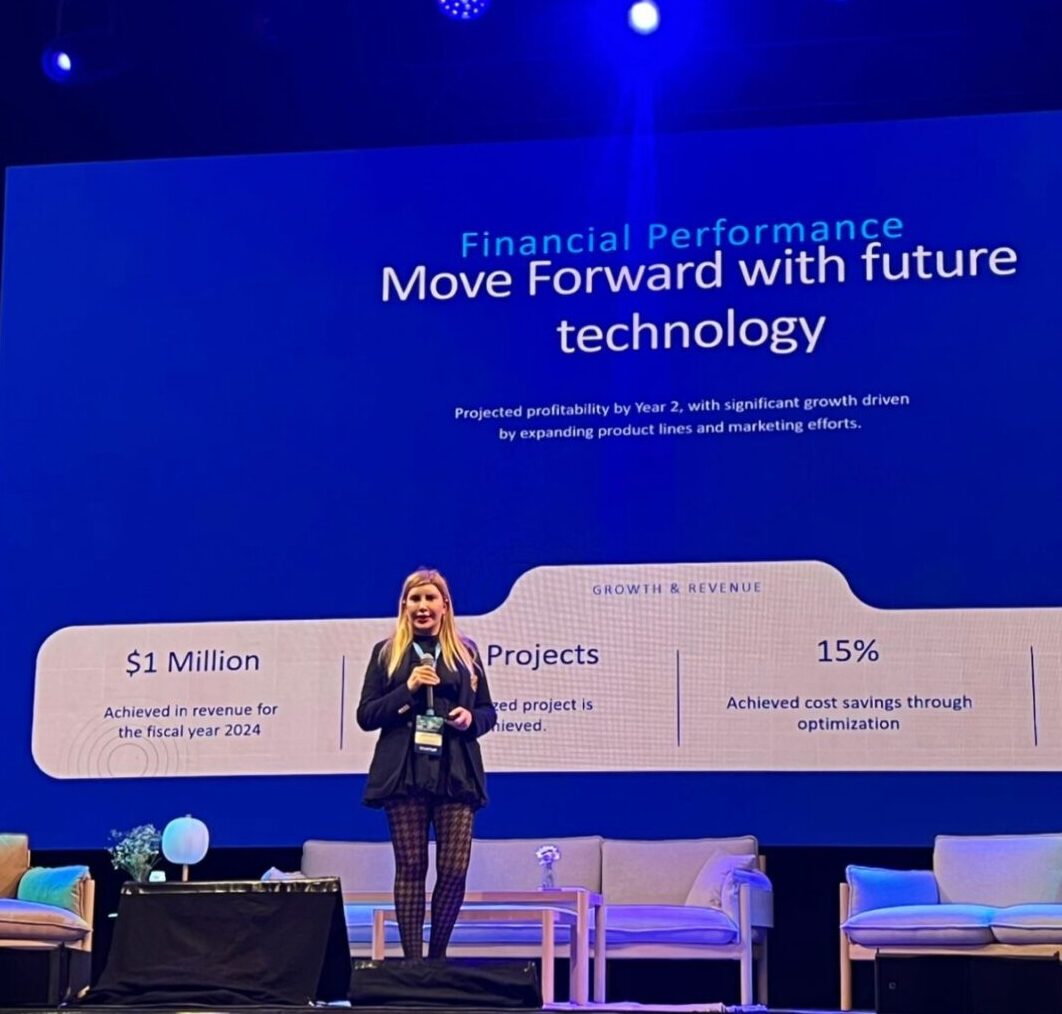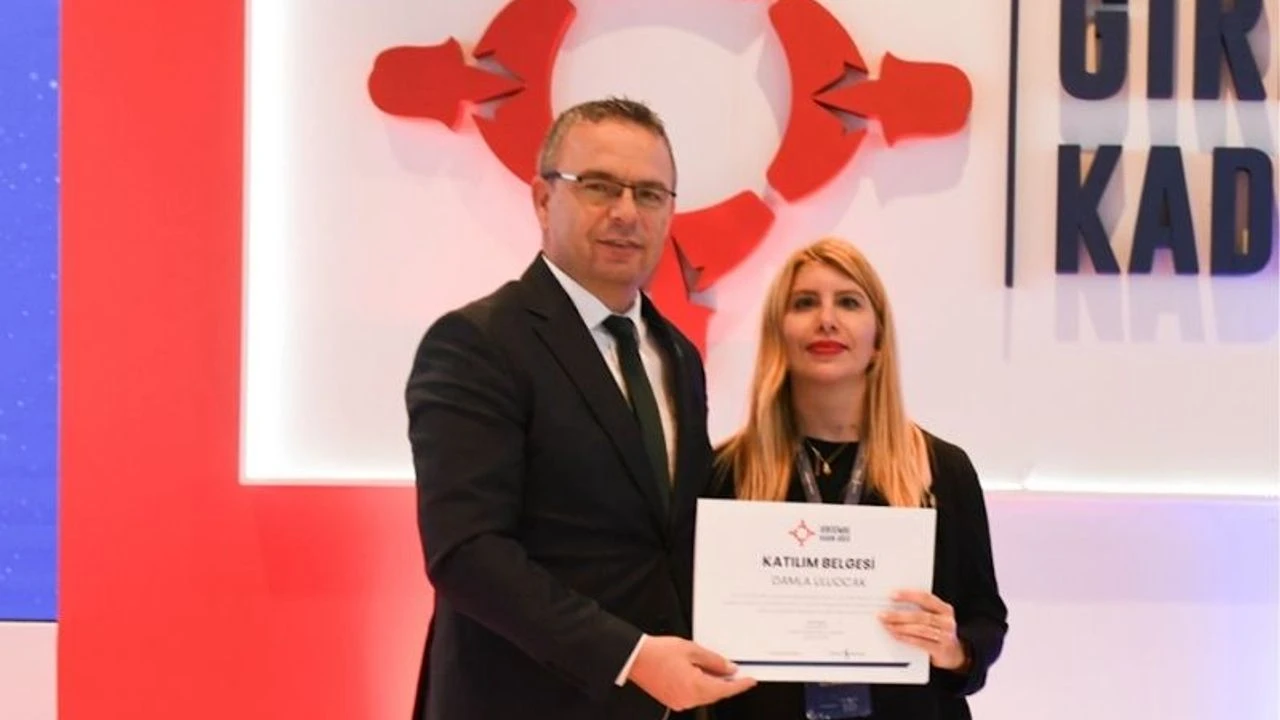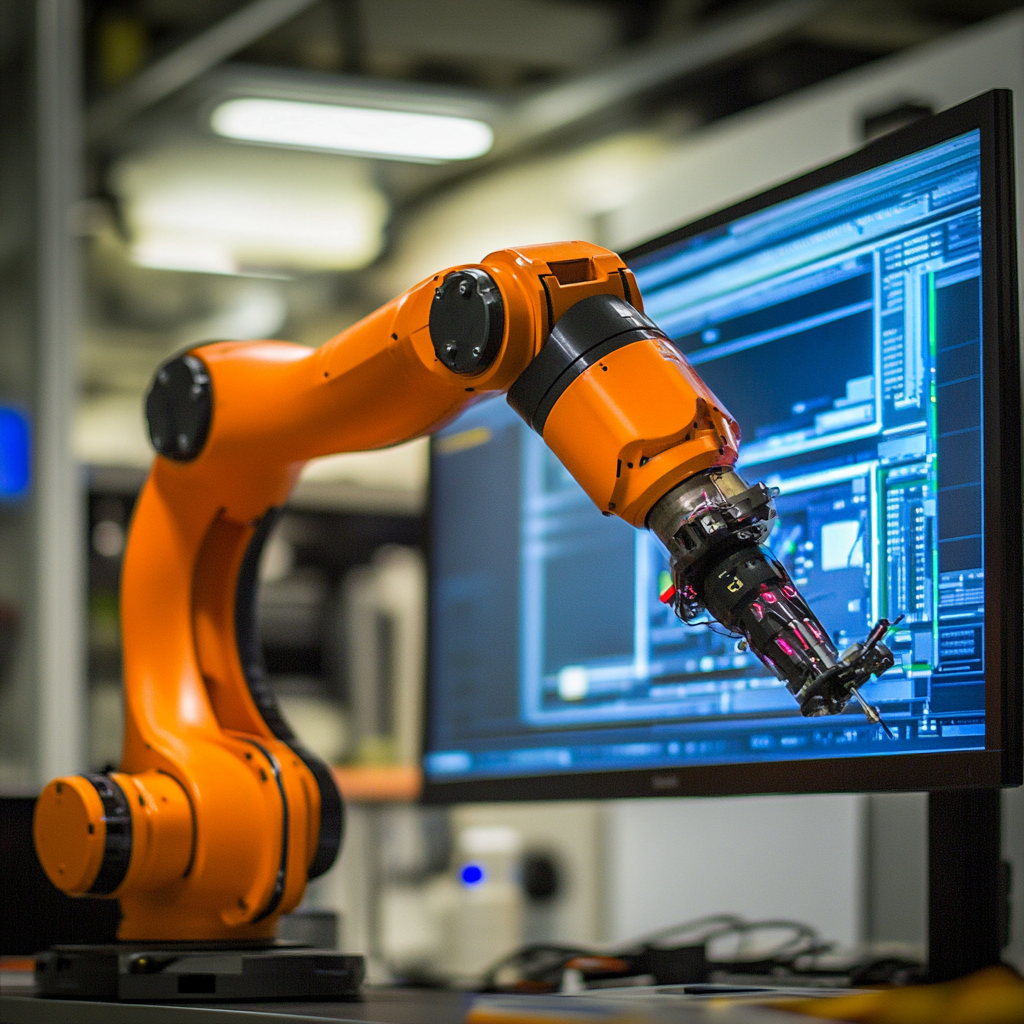The rapid advancements in industrial automation and robotics have paved the way for transformative shifts in manufacturing and production. As we move from Industry 4.0 to Industry 5.0, the focus shifts from purely optimizing processes to enhancing human-machine collaboration, with the Internet of Things (IoT) playing a crucial role.
Understanding Industry 4.0
Industry 4.0, characterized by the integration of digital technologies into manufacturing, revolutionized the way industries operate. With the advent of smart factories, automation, and data-driven decision-making, Industry 4.0 has significantly improved efficiency, productivity, and quality. The key technologies that define Industry 4.0 include IoT, cloud computing, big data analytics, and cyber-physical systems.
In Industry 4.0, IoT has been instrumental in connecting machines, sensors, and devices, enabling real-time data collection and analysis. This connectivity has allowed for predictive maintenance, optimized supply chain management, and improved production processes. However, Industry 4.0 primarily focuses on the automation of repetitive tasks and the optimization of processes, often with minimal human intervention.
The Emergence of Industry 5.0
While Industry 4.0 emphasizes automation and efficiency, Industry 5.0 introduces a new paradigm that centers around human-machine collaboration. Industry 5.0 envisions a future where technology and humans work together harmoniously to create more personalized, sustainable, and resilient manufacturing processes. This shift represents a move from mass production to mass customization, where products are tailored to individual preferences and needs.
In Industry 5.0, the role of humans becomes more prominent. Rather than being replaced by machines, workers collaborate with intelligent systems to enhance creativity, innovation, and decision-making. This human-centric approach fosters a more inclusive and adaptable industrial environment.
The Role of IoT in Industry 5.0
IoT continues to be a cornerstone of this industrial revolution, evolving to support the goals of Industry 5.0. The integration of IoT with advanced technologies like artificial intelligence (AI), robotics, and edge computing is enabling more sophisticated human-machine interactions.
- Enhanced Human-Machine Collaboration: IoT-enabled devices and systems provide real-time feedback and data to human workers, allowing for more informed decision-making. Wearable IoT devices, for example, can monitor workers’ health and safety, providing alerts and recommendations to prevent accidents and injuries.
- Personalized Manufacturing: With IoT, manufacturers can gather data on individual customer preferences and requirements. This data is then used to customize products in real-time, enabling a shift from mass production to on-demand manufacturing. This level of customization is made possible by IoT-enabled smart factories that can quickly adapt to changing demands.
- Sustainability and Efficiency: Industry 5.0 emphasizes sustainability, and IoT plays a vital role in achieving this goal. IoT devices can monitor energy consumption, optimize resource usage, and reduce waste in manufacturing processes. By providing detailed insights into every aspect of production, IoT helps industries minimize their environmental footprint.
- Resilience and Adaptability: The ability to quickly respond to disruptions is crucial in Industry 5.0. IoT enables real-time monitoring and predictive analytics, allowing manufacturers to anticipate and mitigate potential issues before they impact production. This adaptability ensures that industries can continue to operate smoothly even in the face of unforeseen challenges.
Case Study: Nilus Engineering’s Contribution to Industry 5.0
Nilus Engineering, with its extensive experience in industrial automation and robotics, is at the forefront of the transition from Industry 4.0 to Industry 5.0. By integrating IoT with advanced robotics automation, Nilus Engineering is enabling smarter, more adaptable manufacturing processes. Their solutions are designed to enhance human-machine collaboration, allowing for greater flexibility and efficiency in production.
For example, Nilus Engineering has developed IoT-enabled robotic systems that work alongside human operators in assembly and packaging processes. These robots are equipped with sensors and AI algorithms that allow them to adapt to the specific needs of each task, ensuring precision and quality. By combining the strengths of humans and machines, Nilus Engineering is helping manufacturers achieve the goals of Industry 5.0.
Conclusion
The transition from Industry 4.0 to Industry 5.0 represents a significant shift in the way industries operate. While Industry 4.0 focused on automation and efficiency, Industry 5.0 emphasizes human-machine collaboration, personalization, and sustainability. IoT plays a crucial role in this transition, enabling smarter, more adaptable, and more sustainable manufacturing processes.
As industries continue to evolve, the integration of IoT with advanced technologies will drive the future of manufacturing, ensuring that it remains competitive, resilient, and responsive to the needs of society. Companies like Nilus Engineering are leading the way in this transition, demonstrating the potential of IoT to shape the future of industry.






